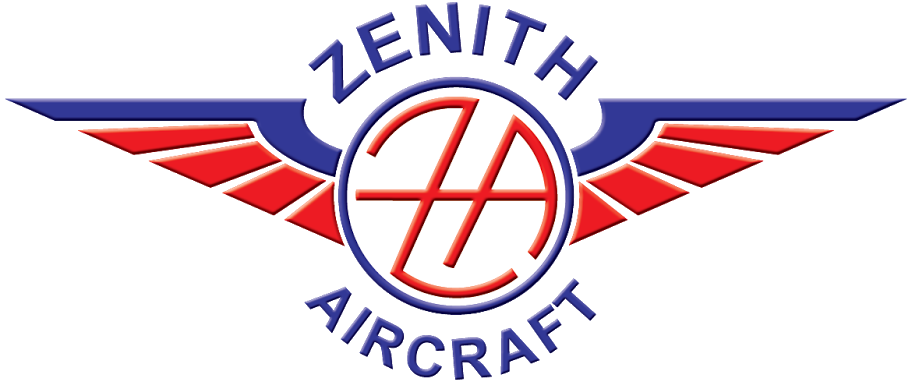The Zenith STOL CH 750 Design

The CH 750 STOL is based on the CH 701 STOL. “The two-place STOL CH 701 has been a success story largely unnoticed in the U.S.,” wrote EAA Sport Aviation magazine. More than 1,000 have been completed worldwide with hundreds them have emerged from homebuilder’s shops in the U.S. “Usually that ratio would be reversed, but the real world use of the airplane has dictated otherwise. A significant number of those being used in Africa and other under-developed areas of the world rarely or never see a paved runway… or any sort of formal runway, for that matter.”
The design presents some highly engineered and researched
features unique to the STOL CH 750:
The modern Zenith STOL CH 750 design makes use of advanced technologies, while using proven design concepts and simple systems for easy assembly and maintenance. A professional design, the STOL CH 750’s structure has undergone a complete and rigorous flight test and design stress analysis. Developed for the inexperienced first-time builder and demanding recreational pilot, the STOL CH 750 is designed to be easy to build and to maximize flight performance and efficiency.

WING DESIGN

TAIL DESIGN


Control System
The control system is developed for ease of operation and simplicity, as well as low maintenance: There are no moving parts inside the wings, and controls systems are easily accessed through a large service door on the bottom of the fuselage.
Aileron: Flaperon system; push-pull rods from flaperon mixer assembly, easy disconnect for wing removal.
Flaps: Flaperon system (control mixer); push-pull rods, easy disconnect for wing removal. Mechanical lever located on floor, pilot’s side.
Elevator: Control cables to elevator control horns.
Rudder: Control cables from rudder pedals to rudder control horn.
Steering: Direct linkage from dual rudder pedals to nosegear strut (hydraulic disk brakes on main gear wheels with individual toe-brake pedals on pilot’s side).
The standard fuel system is made up of dual wing tanks located inside the wings behind the wing spars. Each welded aluminum fuel tank has a capacity of 10 US gallons, for a total capacity of 20 gallons.
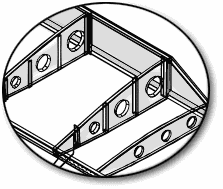
VISIBILITY
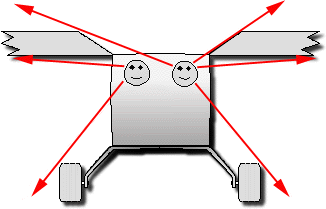
Unlike other high-wing designs, the STOL CH 750’s wings are positioned above the cabin and fuselage to provide the pilot and passenger with superior visibility. The ‘above cab’ wings taper at the wing root to maximize upward visibility, as shown on diagram.
LANDING GEAR
The stock tricycle gear system used on the STOL CH 750 has outstanding shock absorbing capability for rough field operation. While tailwheel aircraft have traditionally dominated in off-airport applications, the STOL CH 750’s tricycle gear offers rough field capability while providing all the advantages of a tricycle-gear aircraft, such as easy ground handling, superior visibility, and lower insurance rates.
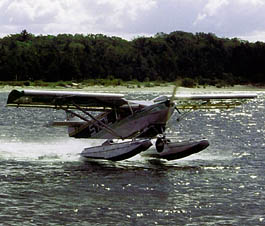
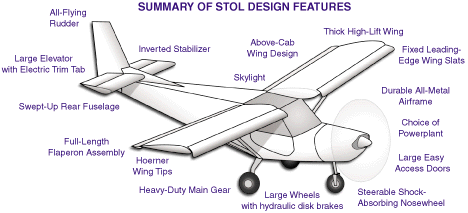

The large doors and tricycle gear makes it easy to enter and leave the aircraft. Extremely important for older pilots.
